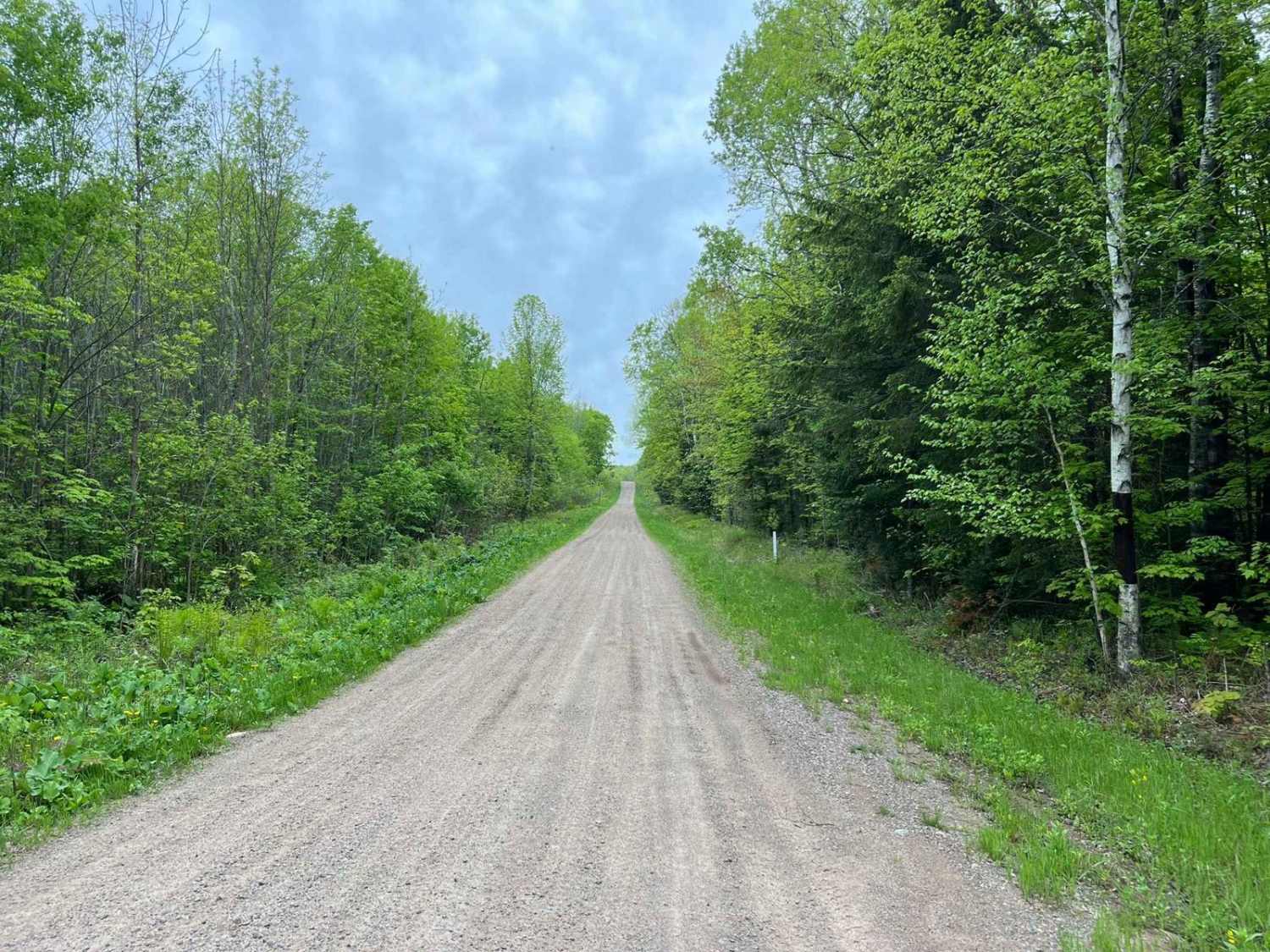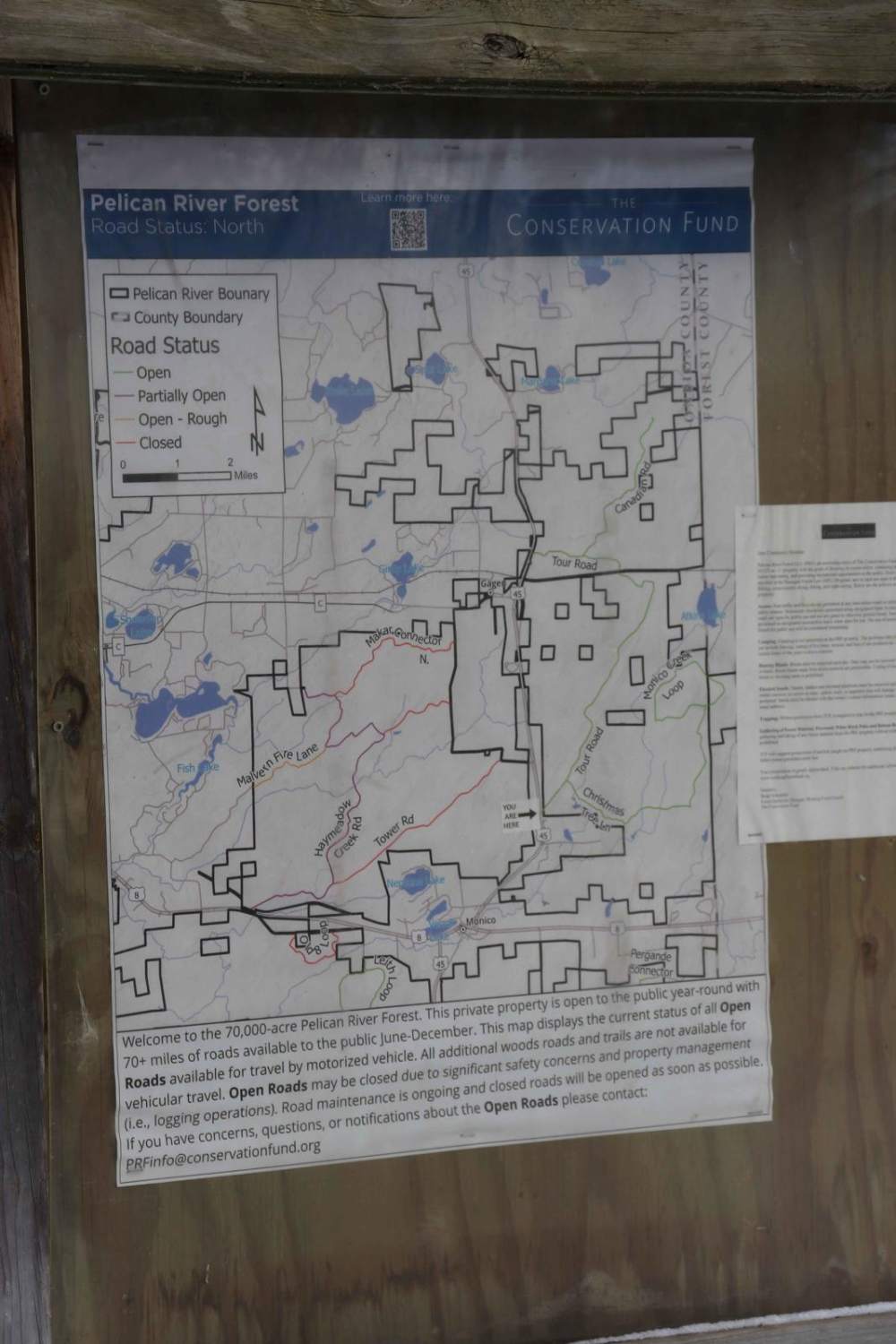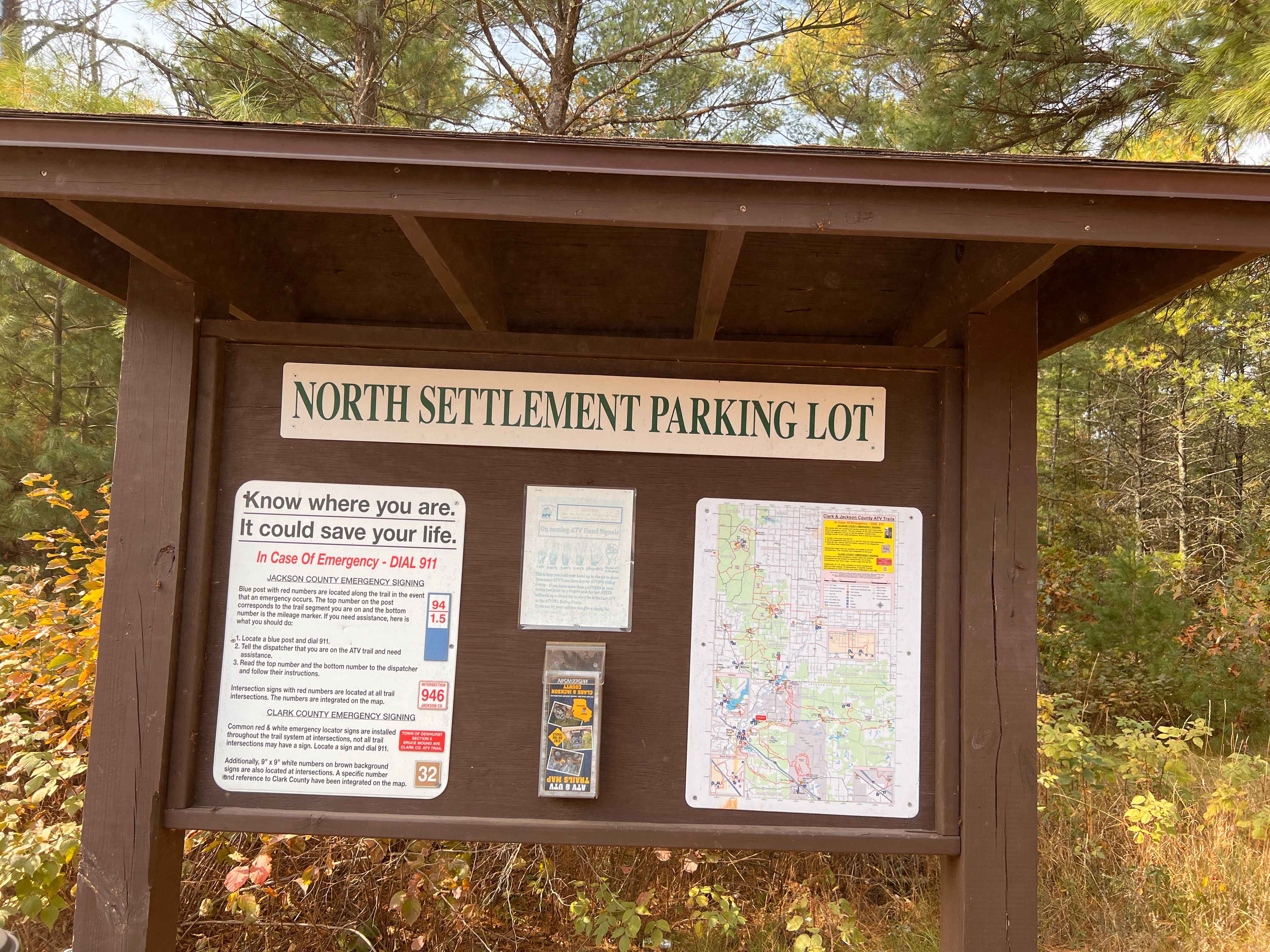Forest Road 2183 Western Section
Total Miles
5.3
Technical Rating
Best Time
Fall, Summer, Spring
Trail Type
Full-Width Road
Accessible By
Trail Overview
This route will navigate to or from the southern portion of the Seven Hour Plane Crash Trail. It's open to ATVs, SxSs, and all licensed road vehicles. This trail will also navigate the southern edge of the nonmotorized Argonne Experimental Forest. This trail is great for anyone looking for a peaceful drive or ride through well-developed forests. The trail contains gradual rolling hills, as well as long sweeping corners. Large trees overgrowing the trail keep the trail cooler as well as less dusty than other trails in the area. Wildlife is abundant throughout this trail with the opportunity to see all the animals that call the north woods home, such as deer, black bears, turkeys, and many others.
Photos of Forest Road 2183 Western Section
Difficulty
This trail is easily accessible by any ATV or SxS, as well as any road-going vehicle, starting at 2WD high-clearance vehicles and up in capability. The trail's surface is primarily gravel/dirt. Overhanging tree limbs block out a lot of the sunlight on this trail, causing it to dry out slower than other trails in the area. While this helps to reduce the dust level on the trail, it will also create the occasional slippery areas throughout the trail. The trail edges contain small ditches to help with water drainage, so caution is urged when pulling off to the side of the trail.
History
Argonne Experimental Forest features the largest contiguous tract of old-growth hemlock hardwood forest on drumlinized ground moraine. These types of protected rich mesic hardwood forests are very scarce in northern Wisconsin and on this land type (Argonne Outwash Plains). A northern hardwood forest dominated by sugar maple, hemlock, yellow birch, and basswood is located on a gently sloping, unpitted outwash fan. Shrubs include leatherwood and elderberry. Understory plants include oak fern, ground pine, wood ferns, rosy twisted stalk, Canada mayflower, running club-moss, lady fern, and sweet cicely. This area is surrounded by a conifer swamp, which has several rare species. The conifer swamp is dominated by black spruce, tamarack, and white cedar. Understory species include Labrador tea, leather-leaf, balsam fir, yellow bluebead lily, false mayflower, creeping snowberry, Canada blueberry, and sphagnum. Rare species include small round-leaved orchis, sparse-flowered sedge, and northern bog sedge. The extensive habitat of Argonne Experimental Forest supports uncommon boreal bird species such as boreal chickadee and gray jay. In addition, the rare three-toed woodpecker (Picoides tridactylus) has been seen in the conifer swamp. Other birds include broad-winged hawk, blackburnian warbler, and scarlet tanager. Via: https://www.fs.usda.gov/wildflowers/regions/eastern/ArgonneExperimentalForest/index.shtml
Status Reports
Forest Road 2183 Western Section can be accessed by the following ride types:
- High-Clearance 4x4
- SUV
- SxS (60")
- ATV (50")
Forest Road 2183 Western Section Map
Popular Trails
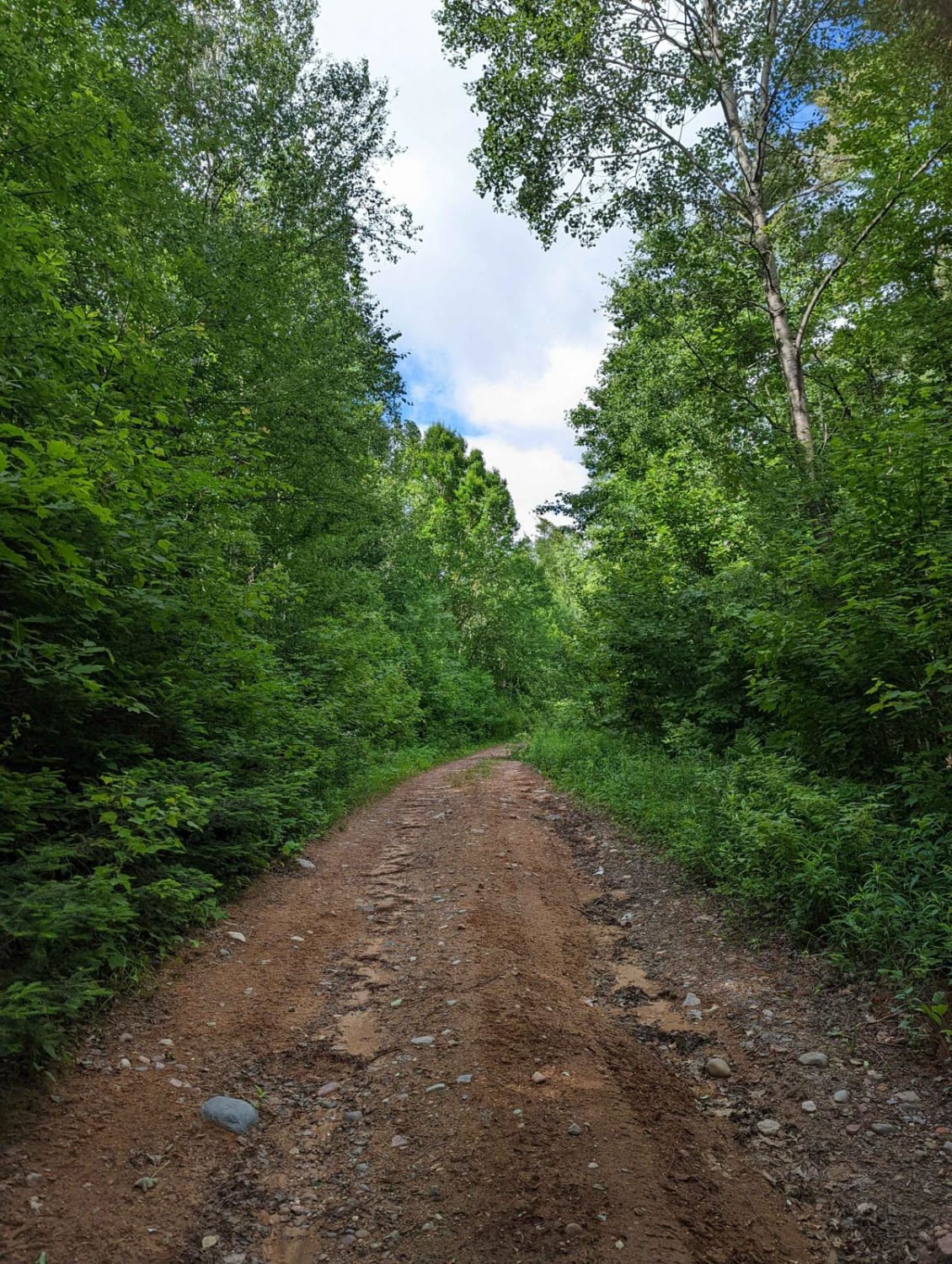
Nelson Fire Shortcut
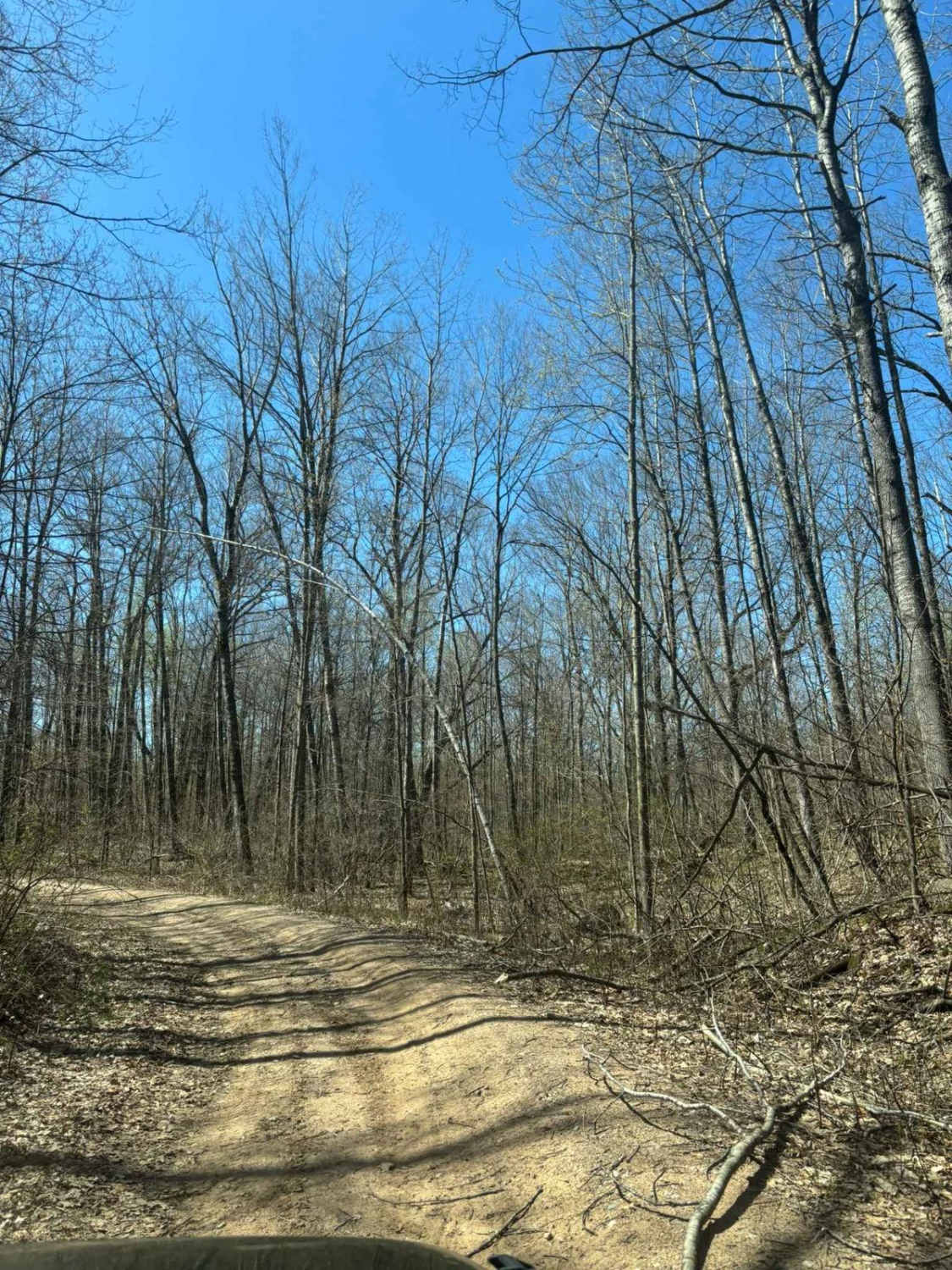
Forest Road 2267
The onX Offroad Difference
onX Offroad combines trail photos, descriptions, difficulty ratings, width restrictions, seasonality, and more in a user-friendly interface. Available on all devices, with offline access and full compatibility with CarPlay and Android Auto. Discover what you’re missing today!

